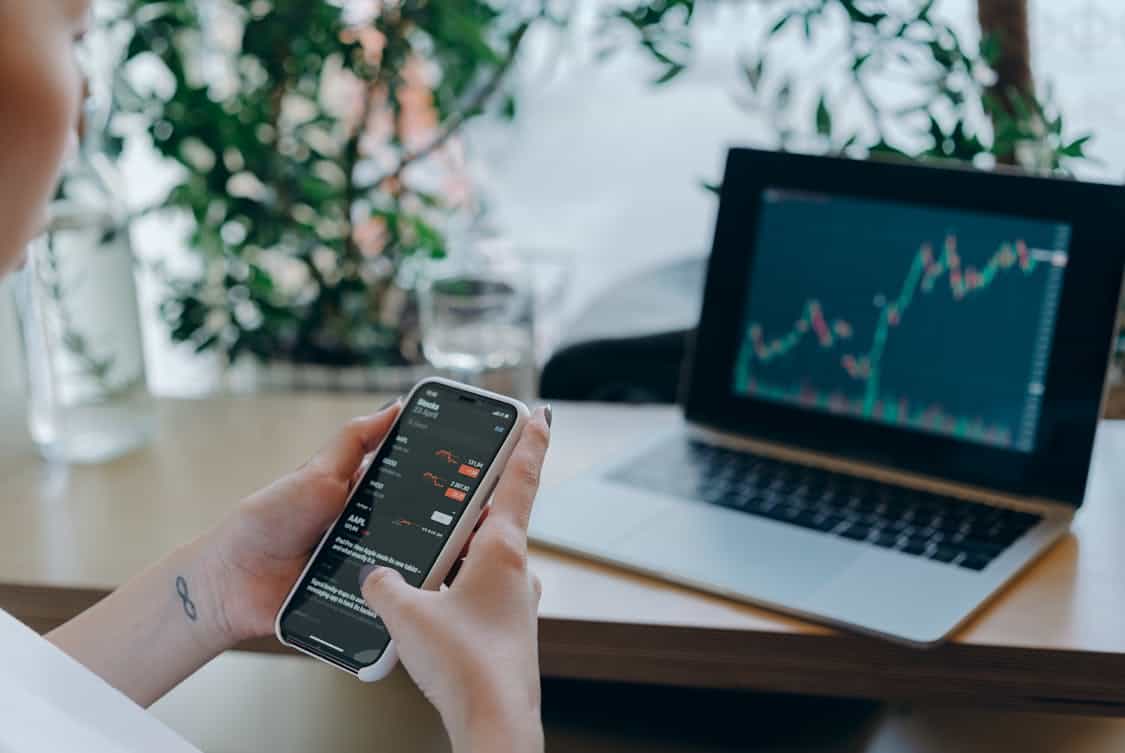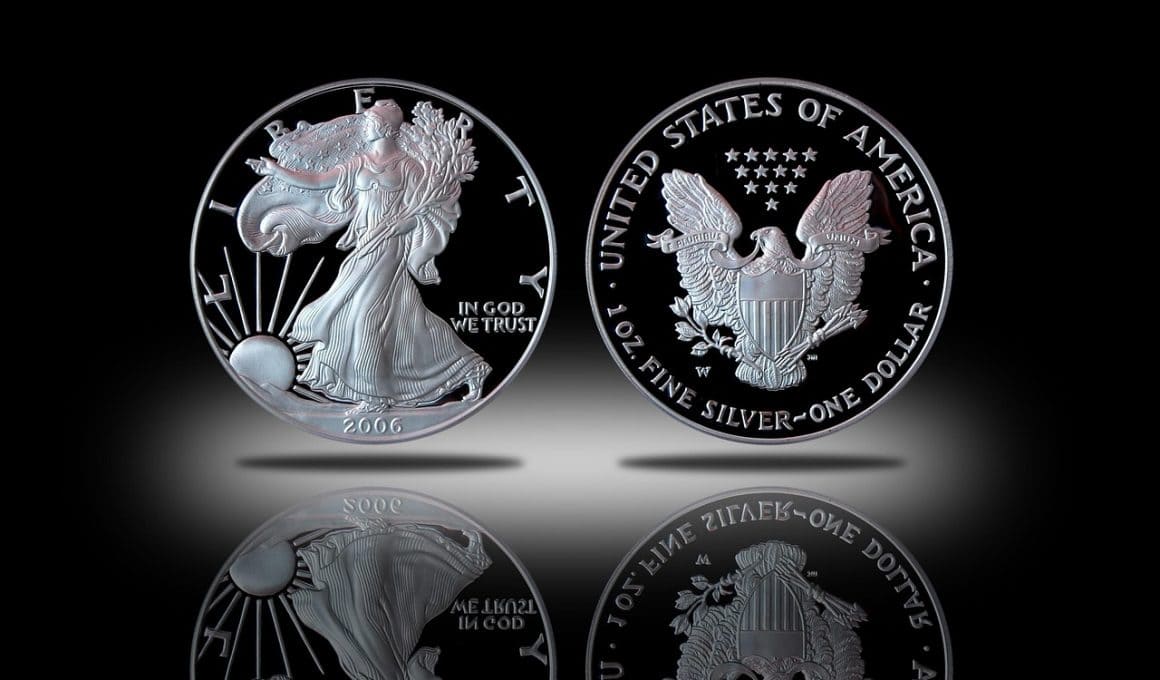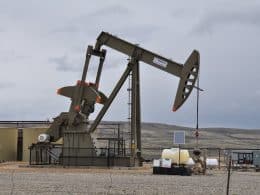Silver has long held a place in the hearts and portfolios of investors. Recently, a growing chorus of voices has emerged, suggesting that silver prices could skyrocket in the near future.
This article delves into the reasons behind this bullish outlook, exploring economic indicators, market dynamics, and the evolving role of silver in various industries.
The Economic Landscape
The global economic environment is shifting. Inflation concerns have been a hot topic in many discussions.
Rising consumer prices, particularly in essential goods, have led many to seek alternative stores of value. Silver, often viewed as a hedge against inflation, becomes increasingly attractive.
Moreover, central banks worldwide have adopted looser monetary policies. These policies, characterized by lower interest rates and increased money supply, can erode the value of fiat currencies.
Consequently, investors are turning to physical assets like silver to safeguard their wealth. Platforms such as money metals exchange have become go-to resources for those seeking a secure way to purchase bullion in uncertain times.
Industrial Demand Surge
Silver isn’t just a precious metal for investors; it plays a critical role in various industries. The rise of green technology, particularly in solar energy, has created a massive uptick in silver demand.
Solar panels utilize significant amounts of silver, and as renewable energy adoption continues to grow, so does the need for this precious metal.
Furthermore, the expansion of electric vehicles (EVs) also contributes to silver demand. As more manufacturers pivot towards EV production, silver’s role in batteries and various electronic components cannot be overlooked.
The convergence of these technological advancements suggests a brighter future for silver prices.
Supply Constraints
On the supply side, factors are converging that could lead to a tightening market. Many silver mines face operational difficulties, stemming from labor shortages, regulatory challenges, and environmental concerns.
This combination has led to decreased output, making it harder for the market to meet rising demand.
Additionally, geopolitical tensions can disrupt mining operations in key regions. Countries that are major producers of silver may experience instability, leading to further supply shortages. As demand rises while supply stagnates, prices are likely to follow suit.
Investment Trends

The investment landscape is evolving, with millennials and younger generations entering the market. Digital platforms have made investing in silver more accessible than ever.
This demographic shift is significant; younger investors often seek alternative assets that align with their values, such as sustainability and social responsibility.
Exchange-Traded Funds (ETFs) focused on silver have gained popularity, allowing investors to gain exposure without needing physical storage. The influx of capital into these funds can create upward pressure on silver prices, particularly if demand continues to rise.
Geopolitical Factors
Geopolitical uncertainties are always a factor in precious metal markets. Trade wars, tensions between nations, and economic sanctions can create a climate of instability. This uncertainty often drives investors to precious metals like silver for safety.
The ongoing conflicts in various regions can lead to a flight to safety, pushing investors toward tangible assets. Silver, with its dual role as both an industrial and precious metal, stands to benefit from this shift.
The Role of Inflation
Inflation isn’t just a buzzword; it’s a reality that affects purchasing power. As central banks print more money to stimulate growth, the value of currency decreases. Historically, precious metals, including silver, have served as a hedge against inflation.
The current economic environment is seeing many investors reassess their portfolios in light of potential inflationary pressures. Silver offers a tangible asset that may retain value when fiat currencies falter.
Technological Innovations
Advancements in technology, particularly in mining operations and processing, also play a role in future silver availability. Innovations that enhance extraction efficiency can help meet rising demand.
Moreover, developments in recycling technologies can provide additional silver supply from reclaimed electronics. Each of these innovations has the potential to influence market dynamics and pricing.
Historical Patterns
Looking at historical data, silver has experienced cyclical price movements. These cycles often correlate with economic conditions, investor sentiment, and industrial demand. Many analysts point to the historical patterns as indicators of future performance.
Price surges in the past have often followed significant economic events, leading some experts to believe that the current conditions parallel those times. If history is any guide, a price explosion may be just around the corner.
The Influence of Gold
Gold has traditionally overshadowed silver in the precious metals market. However, there is a strong correlation between their prices. When gold rallies, silver often follows suit, sometimes with even greater intensity.
Many investors look to diversify their holdings, and silver can serve as a more affordable entry point into precious metals. If gold continues to see upward momentum, the ripple effect could lead to a significant surge in silver prices.
Market Sentiment
Market sentiment plays a crucial role in determining asset prices. The growing interest in silver among retail investors, driven by social media and investment forums, has amplified its visibility.
This newfound enthusiasm can create momentum, driving prices higher as more people enter the market.
Moreover, analysts’ predictions and expert opinions often sway investor behavior. Positive forecasts can lead to increased buying activity, while negative sentiments can have the opposite effect. It’s a delicate dance where perception and reality intertwine.
The Role of Central Banks
Central banks have been known to engage in gold purchases as part of their reserves. However, a noticeable trend is emerging where some banks are also acquiring silver. This shift reflects a recognition of silver’s value as a strategic asset.
As central banks diversify their holdings, increased demand from these institutions can further influence silver prices. Investors may see this as a positive signal, driving more interest in the market.
Global Connectivity and Information Flow
The age of information has transformed how investors perceive markets. Accessibility to news, analysis, and real-time data allows investors to make informed decisions quickly.
Social media platforms and financial news outlets can amplify trends and shifts in sentiment almost instantaneously.
This connectivity can lead to rapid increases in demand, especially for tangible assets like silver. A wave of interest can change market dynamics overnight, particularly in an environment where investors are seeking safety and value.









